The duck-billed platypus (Ornithorhynchus anatinus) stands as one of nature’s most fascinating anomalies. When European naturalists first encountered this strange creature in the late 18th century, they suspected a hoax—a cobbled-together taxidermy of duck and beaver parts. Yet this egg-laying mammal with its beaver-like tail, duck-like bill, and venomous ankle spurs is entirely real and harbors an even more remarkable secret beneath its bizarre exterior. Platypuses possess an extraordinary superpower: electroreception, the ability to detect electrical fields underwater with astonishing precision.
Unlike other mammals that rely primarily on vision, hearing, or smell to locate prey, platypuses close their eyes, ears, and nostrils when diving and instead “see” their environment through electrical signals. This remarkable adaptation allows them to hunt effectively in murky streams and ponds across eastern Australia, detecting the minute electrical impulses generated by the muscular contractions of prey animals hidden in mud or gravel. This sophisticated sensory system represents one of the most specialized adaptations in the mammalian world and offers a fascinating window into the evolutionary innovations that can emerge when animals adapt to challenging ecological niches.
The Specialized Bill: An Electrosensory Marvel
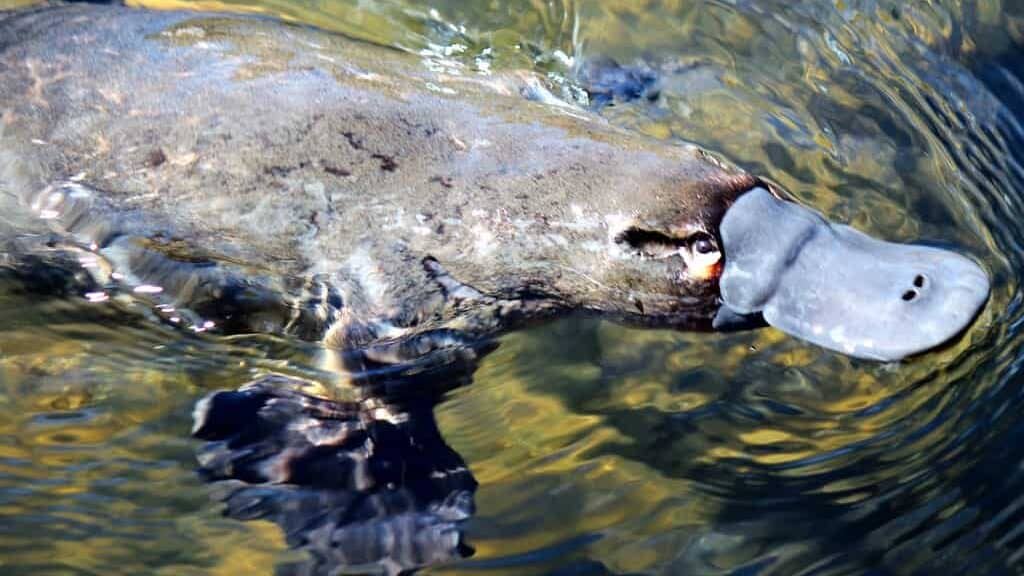
The platypus’s distinctive leathery bill is far more than a quirky anatomical feature—it’s a sophisticated sensory organ packed with thousands of specialized receptors. This bill contains approximately 40,000 electroreceptors, concentrated primarily in longitudinal strips along the bill’s surface, alongside 60,000 mechanoreceptors that respond to touch and movement. Together, these receptors transform the bill into one of the most sensitive sensor arrays in the animal kingdom, capable of detecting electrical fields as weak as 50 nanovolts per centimeter—about 10 million times more sensitive than what humans can perceive.
What makes this bill truly remarkable is its dual-function design. While hunting, platypuses perform a distinctive side-to-side motion called “shoveling,” sweeping their bills through stream sediments. This movement stimulates both the touch-sensitive mechanoreceptors and the electricity-detecting electroreceptors, giving the platypus a multidimensional understanding of its surroundings. The bill’s rubbery texture also provides protection while maintaining sensitivity, and its rich supply of blood vessels helps maintain optimal temperature for the sensory receptors even in cold water. This highly specialized organ represents one of the most impressive examples of evolutionary adaptation in sensory biology.
Electroreceptors: The Microscopic Marvels
The electroreceptors embedded in the platypus bill are specialized structures called mucous gland electroreceptors, or “ampullary organs.” Each receptor consists of a pore in the skin leading to a canal filled with electrically conductive mucus. At the base of this canal sit specialized sensory cells that convert electrical signals into neural impulses. These electroreceptors share evolutionary origins with similar structures found in certain fish and amphibians, though they’ve evolved independently in platypuses, suggesting a remarkable case of convergent evolution—where similar traits develop separately in unrelated lineages.
What distinguishes the platypus’s electroreceptors is their extreme sensitivity and precise arrangement. The distribution of these receptors follows a pattern that maximizes their effectiveness, with higher concentrations at the bill’s edges and tip where they’re most likely to encounter prey. Each electroreceptor is tuned to detect specific frequencies, with peak sensitivity around 5-15 Hz—precisely matching the electrical frequencies produced by the muscular movements of the small invertebrates that constitute the platypus’s diet. This precise matching between sensory capacity and ecological need demonstrates the remarkable refinement of this sensory system through natural selection.
The Neural Pathways: From Bill to Brain
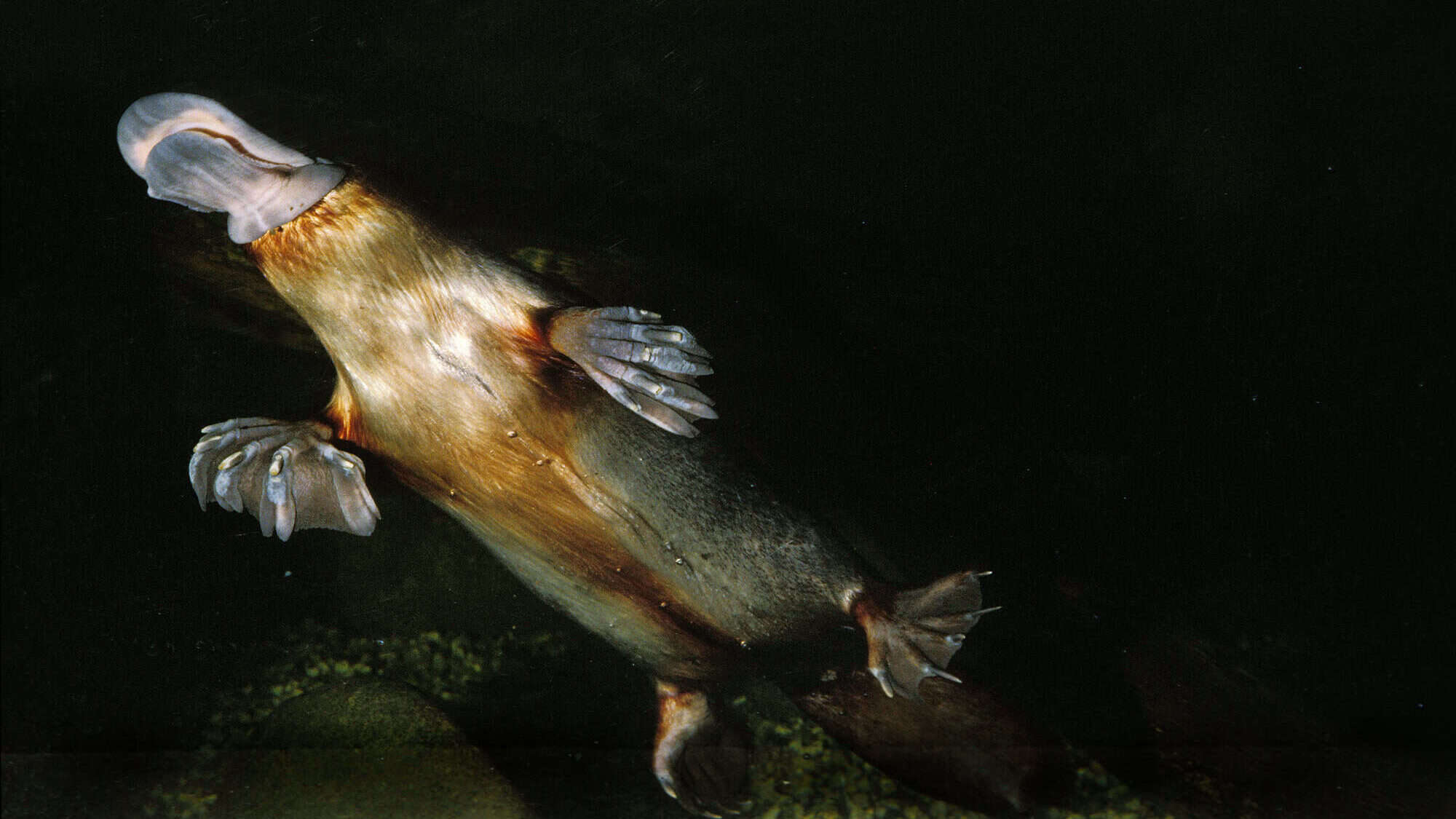
The sensory information collected by the platypus’s bill travels through a remarkably sophisticated neural network. The signals from electroreceptors are transmitted via the trigeminal nerve—the fifth cranial nerve—to specialized regions of the platypus brain. Unlike most mammals, a significant portion of the platypus’s brain is dedicated to processing these electrical signals, reflecting the evolutionary importance of this sense. The somatosensory cortex of the platypus brain contains a disproportionately large area devoted to signals from the bill, similar to how the human brain allocates substantial resources to processing information from our fingertips.
Neuroscientists have discovered that the platypus possesses a neural map in its brain that corresponds to the arrangement of electroreceptors on its bill. This map allows the animal to create a detailed three-dimensional representation of electrical fields in its environment. Even more fascinating is how the platypus brain integrates this electrical information with other sensory inputs to form a cohesive picture of its surroundings. This neural integration enables the platypus to distinguish between electrical signals produced by prey and those generated by inanimate objects or environmental factors, demonstrating a level of sensory processing sophistication that rivals much larger-brained mammals.
Hunting with Electricity: Practical Applications
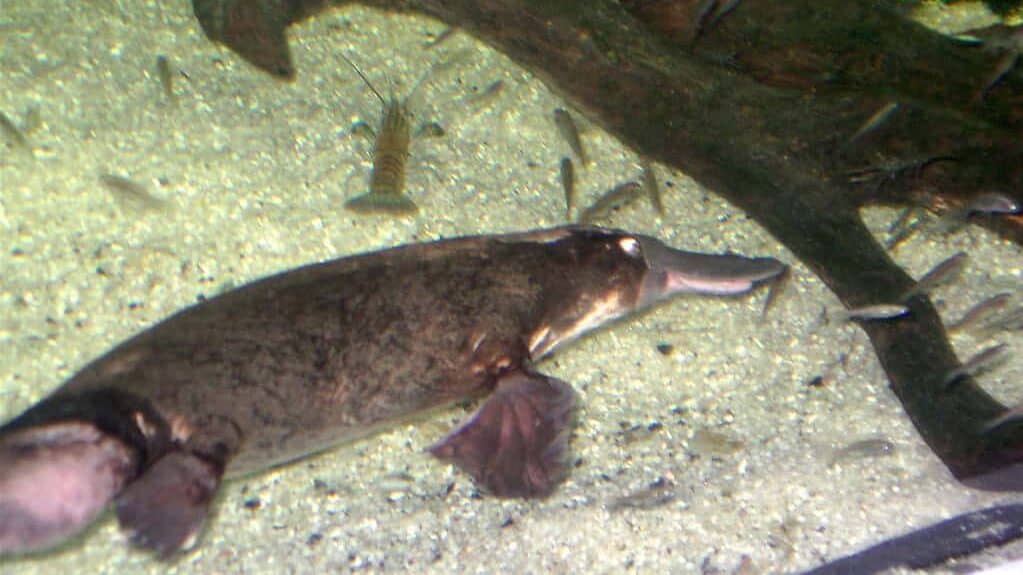
The platypus’s electroreception abilities transform it into a precision hunter in its aquatic environment. When foraging, a platypus can detect the minute electrical fields generated by the muscle contractions of small invertebrates—including shrimp, insect larvae, and freshwater crayfish—even when these prey animals are completely hidden in mud or gravel. Research has demonstrated that platypuses can locate prey based solely on electrical signals, with no visual, auditory, or olfactory cues necessary. This ability is particularly valuable in the turbid waters of Australian streams and rivers where visibility is often severely limited.
During a typical hunting dive, which lasts between 30 and 140 seconds, the platypus sweeps its bill in a side-to-side motion across the stream bottom, collecting prey items and temporarily storing them in specialized cheek pouches. Laboratory studies have shown that platypuses can detect and respond to electrical signals resembling prey within 50 milliseconds—faster than the blink of a human eye. This rapid response time allows them to capture elusive prey with remarkable efficiency, consuming up to half their body weight in food each day. The precision of their electroreception is so refined that they can distinguish between animate and inanimate objects of identical size and shape based solely on electrical signatures.
Evolutionary Development: An Ancient Adaptation

The platypus’s electroreception capability represents a fascinating evolutionary story. While electroreception is common in some fish lineages and a few amphibians, it is extremely rare among mammals. Genetic and fossil evidence suggests that the platypus’s ancestors developed this sensory system approximately 120 million years ago during the Early Cretaceous period. This adaptation likely evolved when these early monotremes transitioned to a semi-aquatic lifestyle, where traditional mammalian senses like vision and smell were less effective for detecting prey underwater.
Interestingly, the platypus shares this ability only with its close relative, the echidna, though the echidna’s electroreception system is much less developed. Genetic studies have identified the specific genes responsible for the development of electroreceptors in the platypus, including members of the transient receptor potential (TRP) ion channel family. These genes have undergone significant evolutionary modifications in the platypus lineage, showing evidence of positive selection—a genetic signature indicating that this trait provided substantial survival advantages. The retention and refinement of this sensory system over millions of years underscores its critical importance to platypus survival and ecological success.
Comparison with Other Electroreceptive Animals
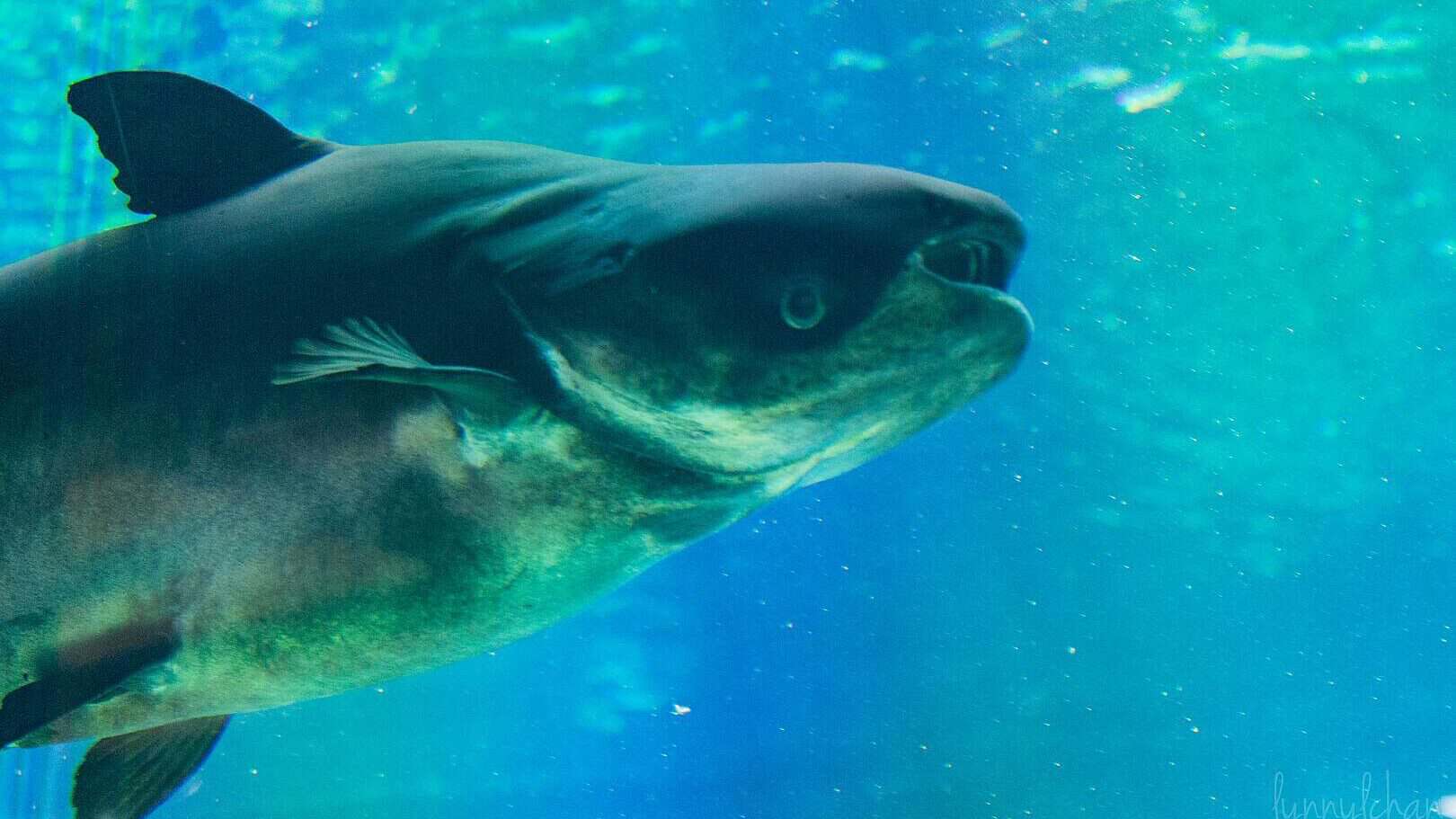
While the platypus’s electroreception abilities are remarkable, they’re not unique in the animal kingdom. Several groups of fish, particularly sharks, rays, and certain species of catfish, possess similar capabilities. However, the platypus stands apart in being one of the only mammals to have developed this sense to such a high degree. Sharks, for instance, use ampullary organs called Ampullae of Lorenzini to detect the electrical fields produced by prey animals, helping them hunt effectively even in zero visibility conditions. These structures evolved independently from the platypus’s electroreceptors but serve similar functions—a classic example of convergent evolution.
What distinguishes the platypus’s system is its incredible precision and integration with its unique mammalian physiology. Unlike fish, which have electroreceptors distributed across much of their body, the platypus concentrates these sensors in its bill, creating an extremely focused detection apparatus. Additionally, the neural processing of electrical information in the platypus brain appears to be more sophisticated than in many fish species, allowing for finer discrimination between different electrical signals. This specialization reflects the different evolutionary pressures faced by a warm-blooded mammal adapting to an aquatic hunting lifestyle compared to fish that evolved in water from the beginning.
Environmental Challenges and Electroreception
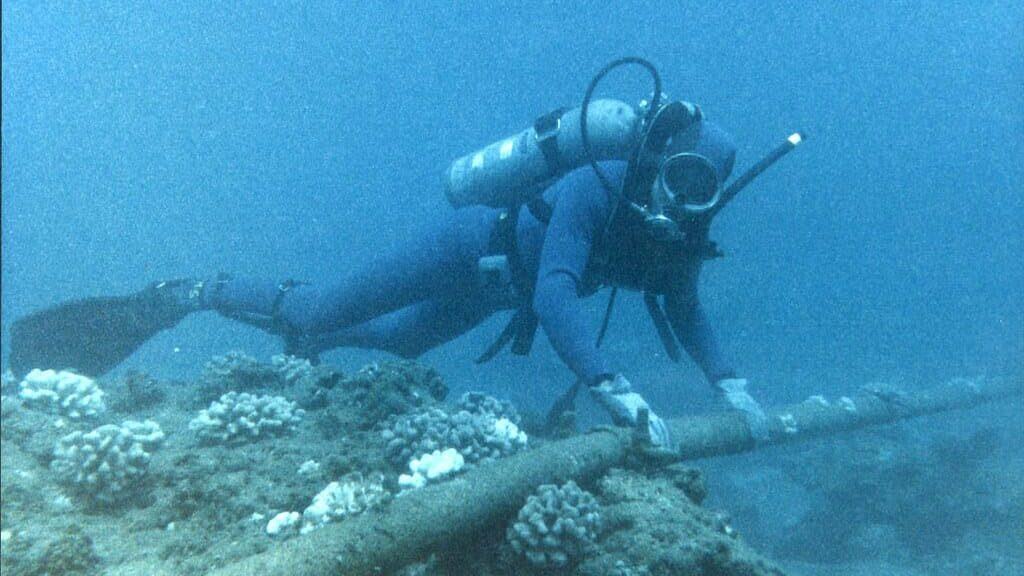
The effectiveness of the platypus’s electroreception system can be influenced by various environmental factors. Water conductivity plays a crucial role, as the transmission of electrical signals depends on the ionic content of the water. Research has shown that platypuses may struggle to detect prey in waters with unusually low or high mineral content, which could affect their hunting success in certain habitats. Similarly, electromagnetic pollution from human sources—including underwater power cables, electrical equipment near waterways, and certain types of mining operations—can potentially interfere with their sensory capabilities.
Climate change presents another challenge, as altered rainfall patterns affect stream flow rates and water chemistry in the platypus’s habitat. During severe droughts, platypuses may be forced into smaller, more stagnant water bodies where the electrical signals from prey become more difficult to distinguish against background electrical noise. Conservation efforts for platypuses increasingly need to consider these potential sensory disruptions alongside more visible habitat threats. Understanding the complex relationship between environmental conditions and the functionality of the platypus’s electroreception system is essential for effective conservation strategies in an era of increasing human impact on aquatic ecosystems.
Scientific Research Methods: Studying Electroreception

Investigating the platypus’s electroreception capabilities presents unique challenges for researchers. The nocturnal habits of platypuses, combined with their shy nature and the murky waters they inhabit, make direct observation of their hunting behavior difficult. Scientists have developed innovative methods to study this sensory system, including the use of captive animals in specially designed tanks where electrical stimuli can be precisely controlled. These experimental setups have allowed researchers to determine the sensitivity thresholds of platypus electroreception and observe how the animals respond to various types of electrical signals.
Advanced neurophysiological techniques have also been employed to understand how electrical information is processed in the platypus brain. This includes recording neural activity from the trigeminal nerve and somatosensory cortex while the animal is exposed to electrical stimuli. Modern imaging technologies such as functional MRI have provided insights into which brain regions are activated during electroreception. Additionally, molecular genetic studies have identified the specific genes involved in developing and maintaining electroreceptors, opening new avenues for understanding the evolution of this remarkable sensory adaptation. Despite these advances, the elusive nature of platypuses in the wild means that many aspects of how they use electroreception in natural settings remain to be fully explored.
Conservation Implications: Protecting Sensory Habitats
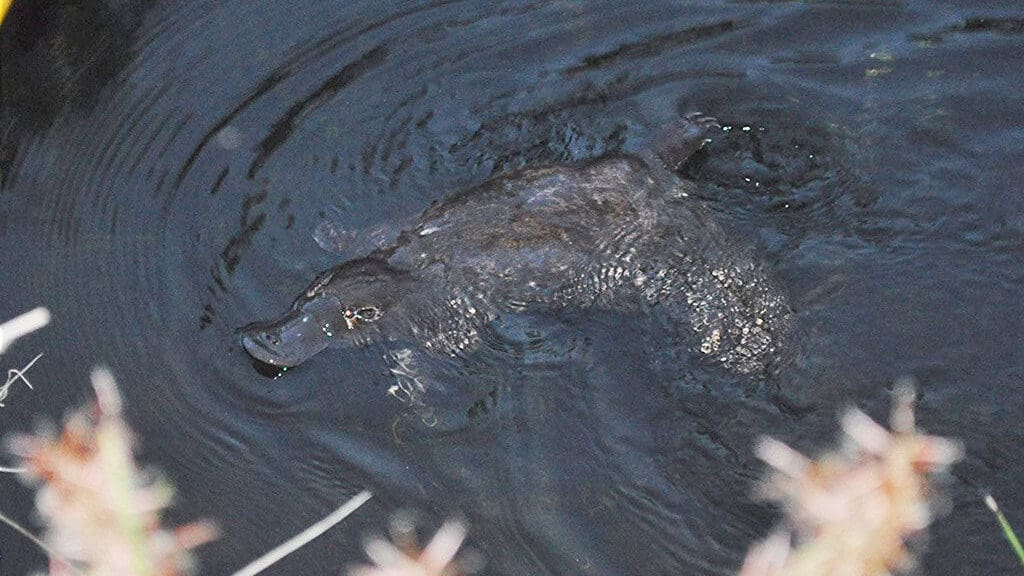
Understanding the platypus’s sophisticated electroreception system has important implications for conservation efforts. Traditional habitat protection approaches have focused primarily on physical aspects of waterways, but preserving the sensory environment that platypuses depend on requires additional considerations. Conservation strategies must now account for electromagnetic interference in waterways, maintaining appropriate water chemistry, and ensuring the continued presence of the small invertebrates that generate the electrical signals platypuses detect. This represents a shift toward “sensory ecology conservation”—protecting not just the physical habitat but the sensory landscape that animals rely on.
Human activities that may disrupt the platypus’s electroreception include the installation of underwater power cables, certain mining operations that alter water chemistry, and agricultural runoff that changes the conductivity of waterways. Climate change further complicates conservation efforts by altering rainfall patterns and water flow in the platypus’s range. Some conservation initiatives now include monitoring electromagnetic fields in protected waterways and establishing buffer zones around platypus habitats to minimize sensory disruption. By incorporating our understanding of the platypus’s unique sensory adaptations into conservation planning, we can better protect this iconic species against the complex threats of the modern world.
Technological Inspiration: Biomimicry Applications
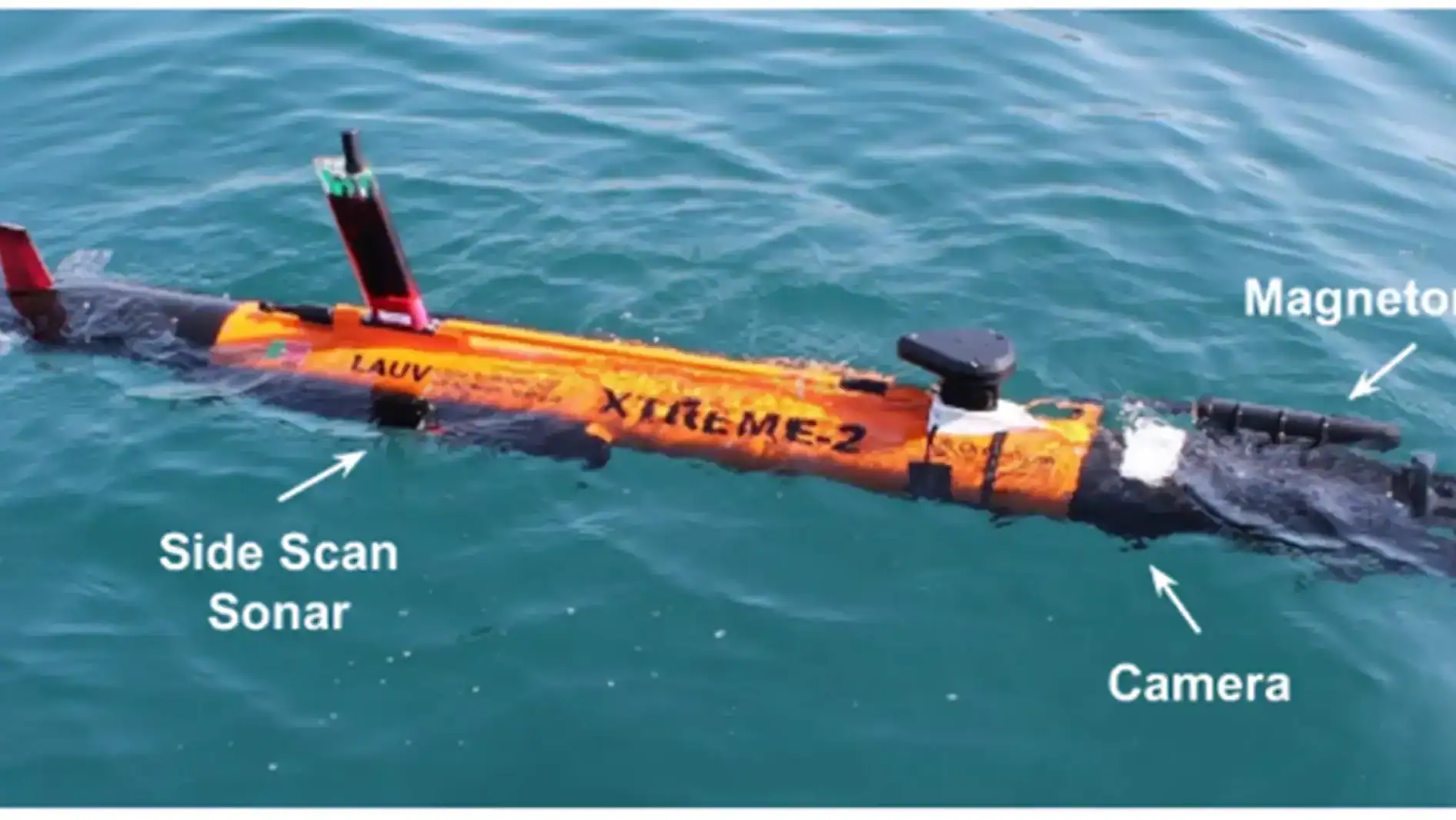
The platypus’s remarkable electroreception system has inspired scientists and engineers to develop new technologies based on its principles. This field, known as biomimicry, seeks to solve human challenges by emulating nature’s time-tested patterns and strategies. Engineers have created underwater sensing devices that mimic the platypus bill’s ability to detect faint electrical fields, with applications ranging from locating underwater cables to monitoring marine ecosystems. These bio-inspired sensors are particularly valuable in turbid waters where traditional optical systems perform poorly—precisely the same challenge that led to the evolution of electroreception in platypuses.
Medical technology has also benefited from understanding the platypus’s sensory system. Researchers have developed diagnostic tools inspired by electroreception principles to detect the subtle electrical changes associated with certain medical conditions. Additionally, the platypus’s neural processing of electrical information has influenced designs for artificial sensory systems in robotics, particularly for environments where visual navigation is limited. As our understanding of the platypus’s electroreception continues to grow, so too does the potential for new technological applications. This remarkable duck-billed mammal, once dismissed as an evolutionary oddity, now stands at the forefront of inspiring cutting-edge technological innovations.
The platypus’s ability to detect electrical signals underwater represents one of nature’s most sophisticated sensory adaptations, transforming this unique mammal into a supremely efficient hunter in environments where other senses would fail. Through millions of years of evolution, the platypus has developed an extraordinary bill packed with tens of thousands of electroreceptors, capable of detecting the faintest electrical emissions from prey animals hidden in mud and gravel. This remarkable sensory system, combined with specialized neural pathways that process this information, allows the platypus to create a detailed electrical “image” of its surroundings even with its eyes, ears, and nose tightly closed underwater.
As we continue to study and understand this extraordinary adaptation, we gain not only insights into evolutionary biology but also inspiration for new technologies and important lessons for conservation. The platypus reminds us that evolution can produce solutions to sensory challenges that far exceed our technological capabilities, despite millions of years of development. In protecting the platypus and its habitat, we must consider not just the physical environment but also the invisible electrical landscape that this animal navigates so expertly. The platypus, with its bizarre appearance and extraordinary sensory capabilities, stands as a testament to the remarkable diversity of adaptations that can evolve when evolutionary pressures drive species toward unique ecological niches.
- The Fish That Builds Nests - August 23, 2025
- The Insect That Ices Itself - August 23, 2025
- 15 Weirdest Things Fish Can Do - August 23, 2025

